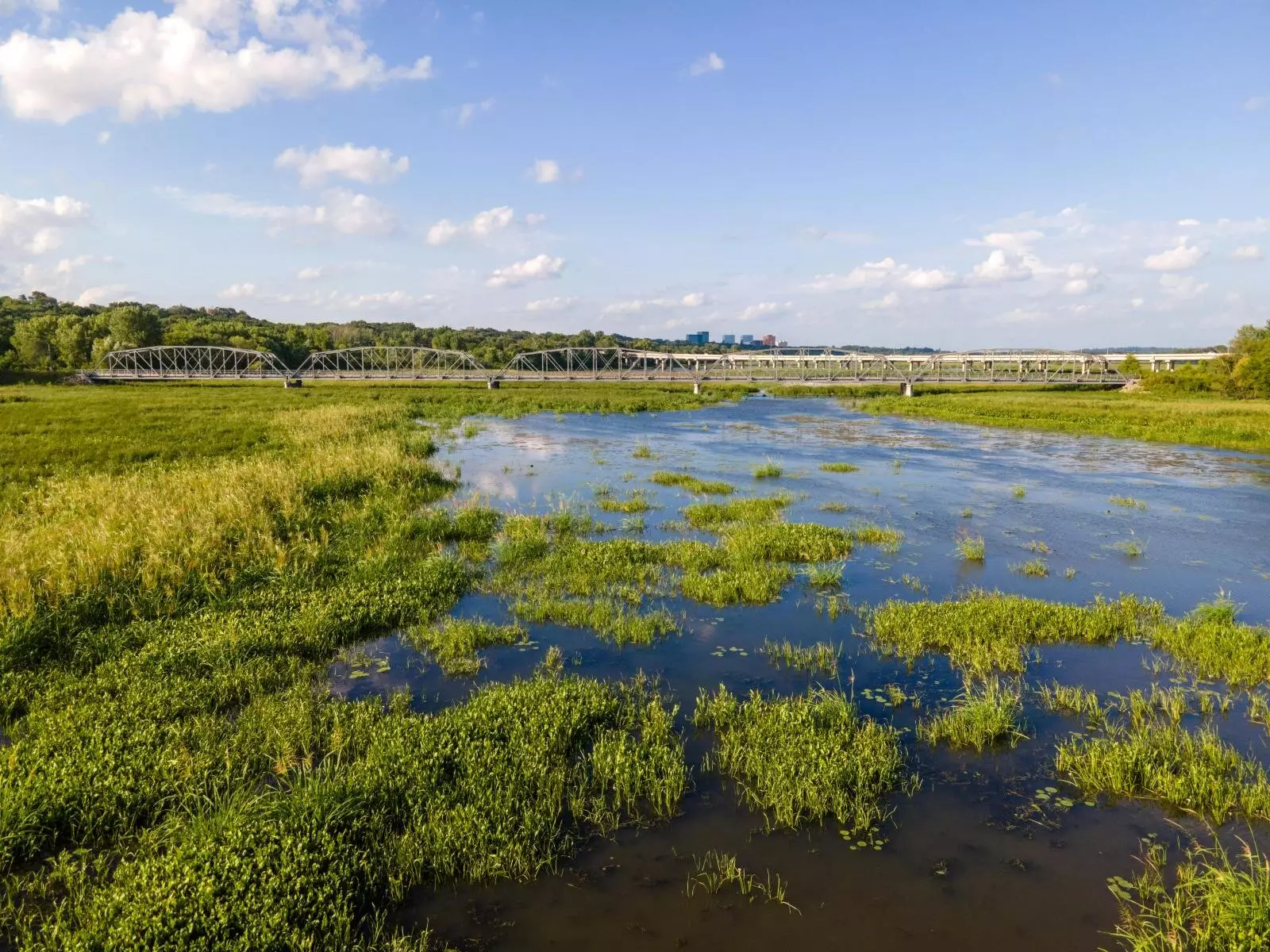Earth system models (ESMs) are critical for predicting the intricate behaviors of our planet’s ecosystems. However, an alarming trend has emerged over recent years; these models often simplify complex phenomena, particularly in wetland hydrology. This simplification can lead to significant inaccuracies in forecasting the effects of climate change on these vital ecosystems. Wetlands play a crucial role in carbon storage, water purification, and providing habitat for diverse species, yet significant uncertainty surrounds projections regarding their future.
Inadequate modeling lays bare the deficiencies of our current tools. Many models fail to fully incorporate the physical mechanisms that govern wetland inundation dynamics. Heightened accuracy in simulation is not merely an academic exercise but a necessity, as wetlands are among the first ecosystems to feel the brunt of climate-induced changes. The resultant low confidence in ESM projections can have dire ramifications for policymakers who rely on this data to formulate effective environmental strategies.
Advancements in Modeling Techniques: A New Hope
A groundbreaking study from researchers at the Pacific Northwest National Laboratory, Lawrence Berkeley National Laboratory, and the University of Michigan is reframing the narrative around wetland modeling. By deploying a state-of-the-art ESM that pays keen attention to the mechanisms of inundation coupled with an array of climate scenarios, the researchers aim to enhance our understanding of wetland dynamics under changing conditions.
This innovative approach reflects a much-needed shift towards accuracy. By validating the refined model against satellite observations, the researchers have managed to depict a more nuanced picture of wetlands, revealing that North American wetlands are on a precarious path due to climate change. This emphasizes the urgent need for scientific advancements to inform sustainable practices and policymaking tailored to the predicted shifts in these vital ecosystems.
Impacts of Climate Change on Wetland Dynamics
The findings of this research carry significant implications for various regions across North America, projecting alterations in wetland characteristics as vast as 50%. While the continental scale indicates an average decline in annual wetland area by approximately 10%, the reality is far more complex. The study illustrates that under high emission scenarios, the driving forces behind wetland dynamics are shifting, primarily from precipitation to temperature. This alarming trend heightens the risk of substantial drying, particularly during the summer peak when biotic processes are most active.
Biodiversity is intricately linked to wetland health, and the disruptions to seasonal cycles forecasted in regions such as the upper Mississippi, Southeast Canada, and the Everglades portend a potential crisis. Existing biodiversity hotspots may be stripped of their ecological balance, pushing both flora and fauna further towards vulnerability.
The Critical Intersection of Climate Policy and Wetland Preservation
The researchers’ work underscores a critical narrative: the future of wetlands hinges not only on scientific insights but significantly on climate policy and emission mitigation efforts. As warmer temperatures lead to increased infiltration and a reduction in soil ice, cold-region wetlands will experience drastic declines, reinforcing the urgency for proactive policies.
Preserving these ecosystems should not merely be seen as an environmental obligation; it is paramount for sustaining a myriad of ecosystem services that benefit humanity. As climate projections continue to evolve, the call for comprehensive strategies to mitigate emissions and enhance wetland resilience becomes increasingly imperative. Only through a concerted effort can we hope to safeguard these critical ecosystems from the looming threats of climate change and ensure a sustainable future for generations to come.


Leave a Reply